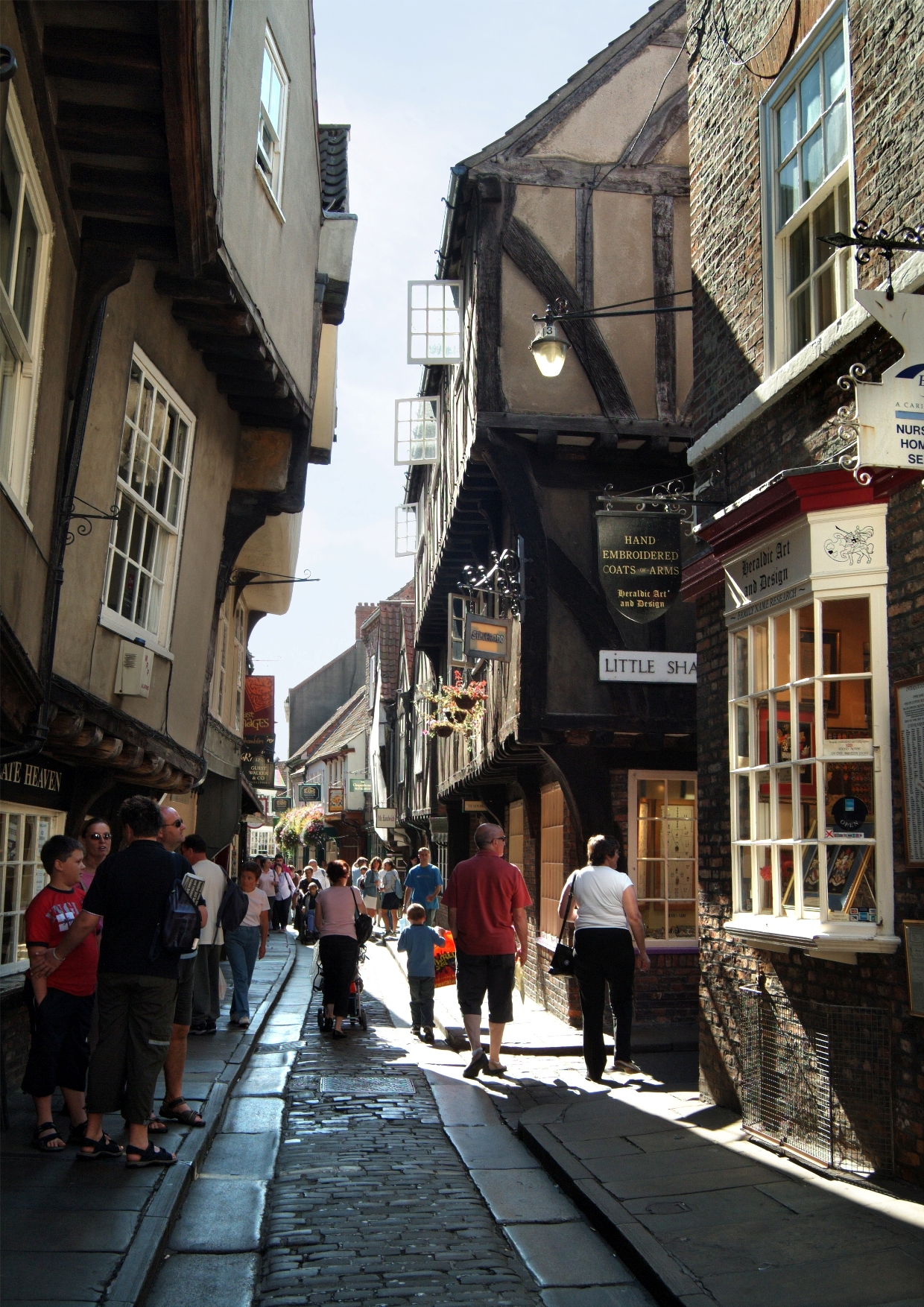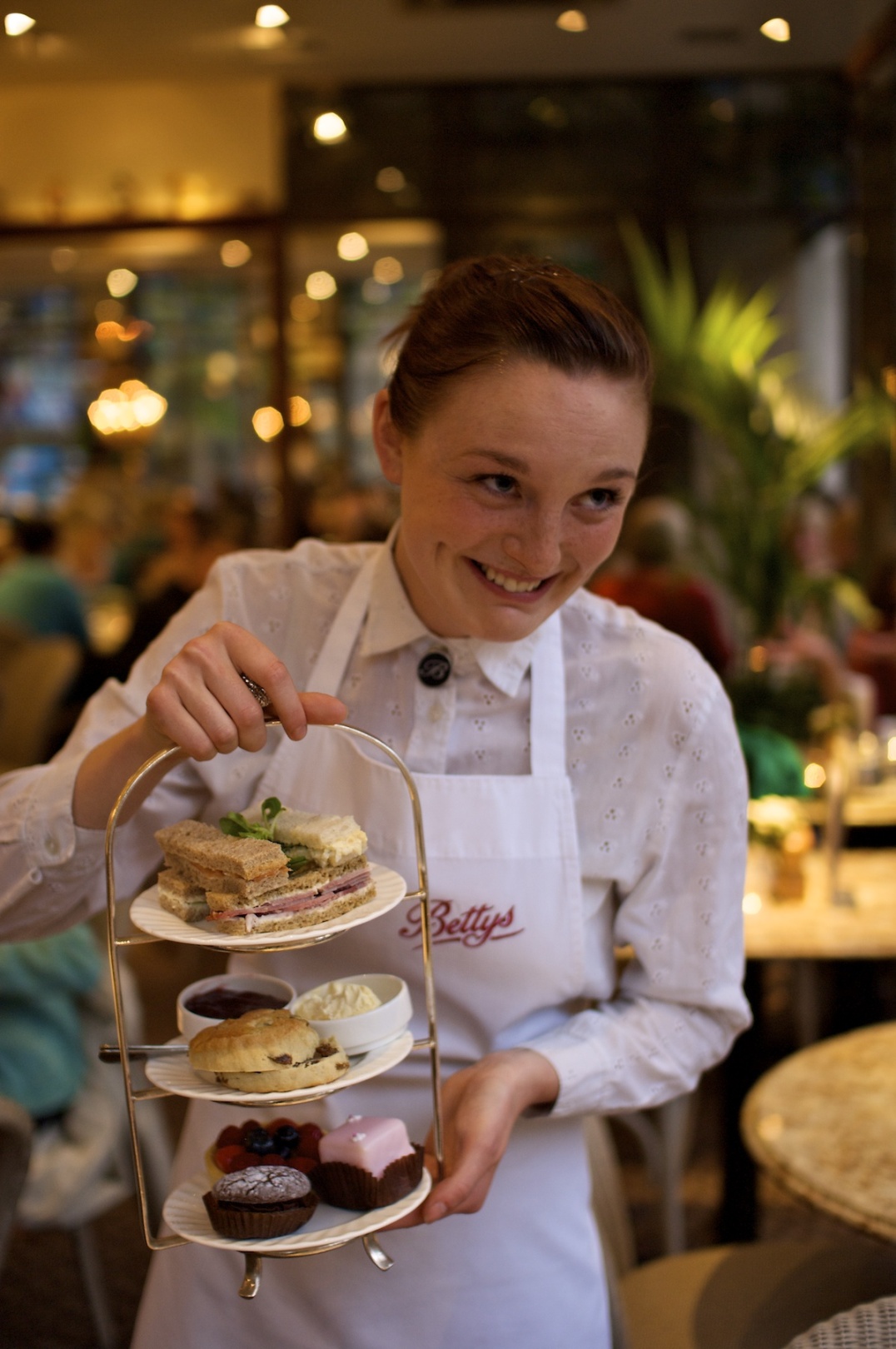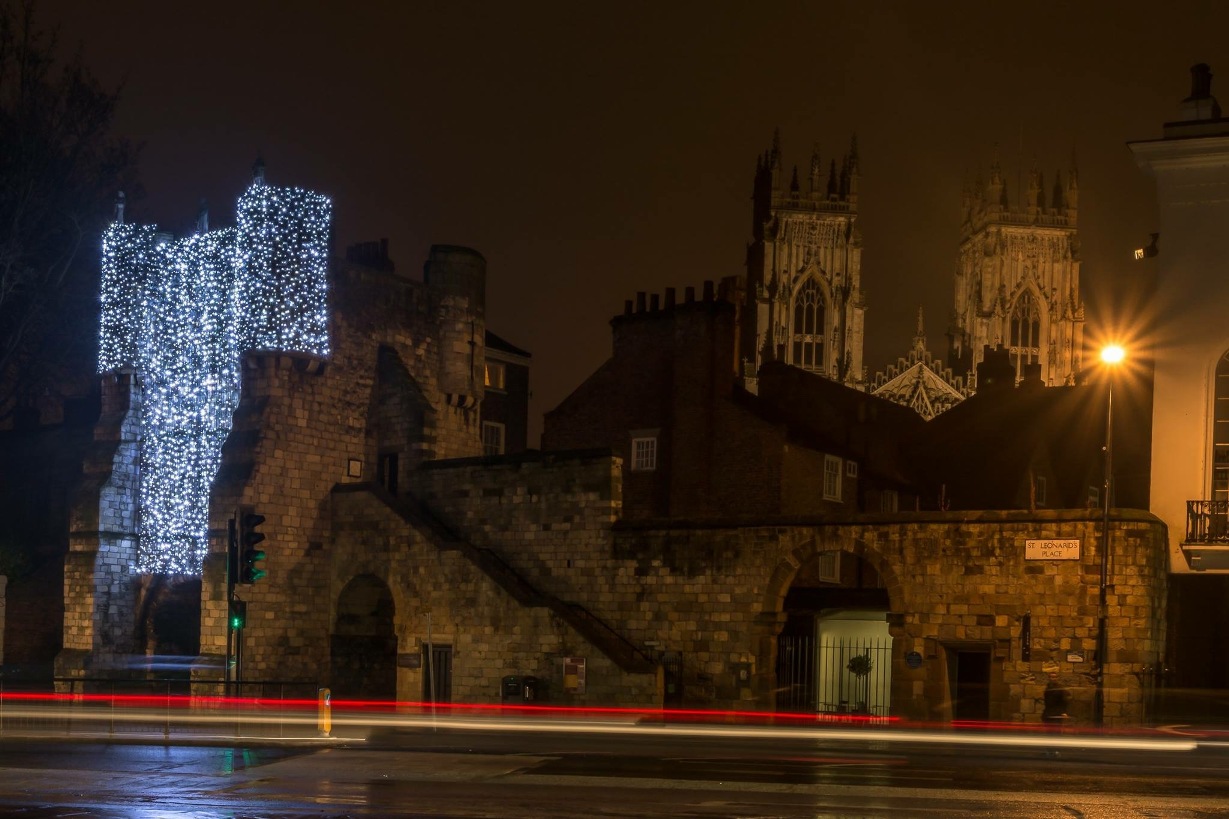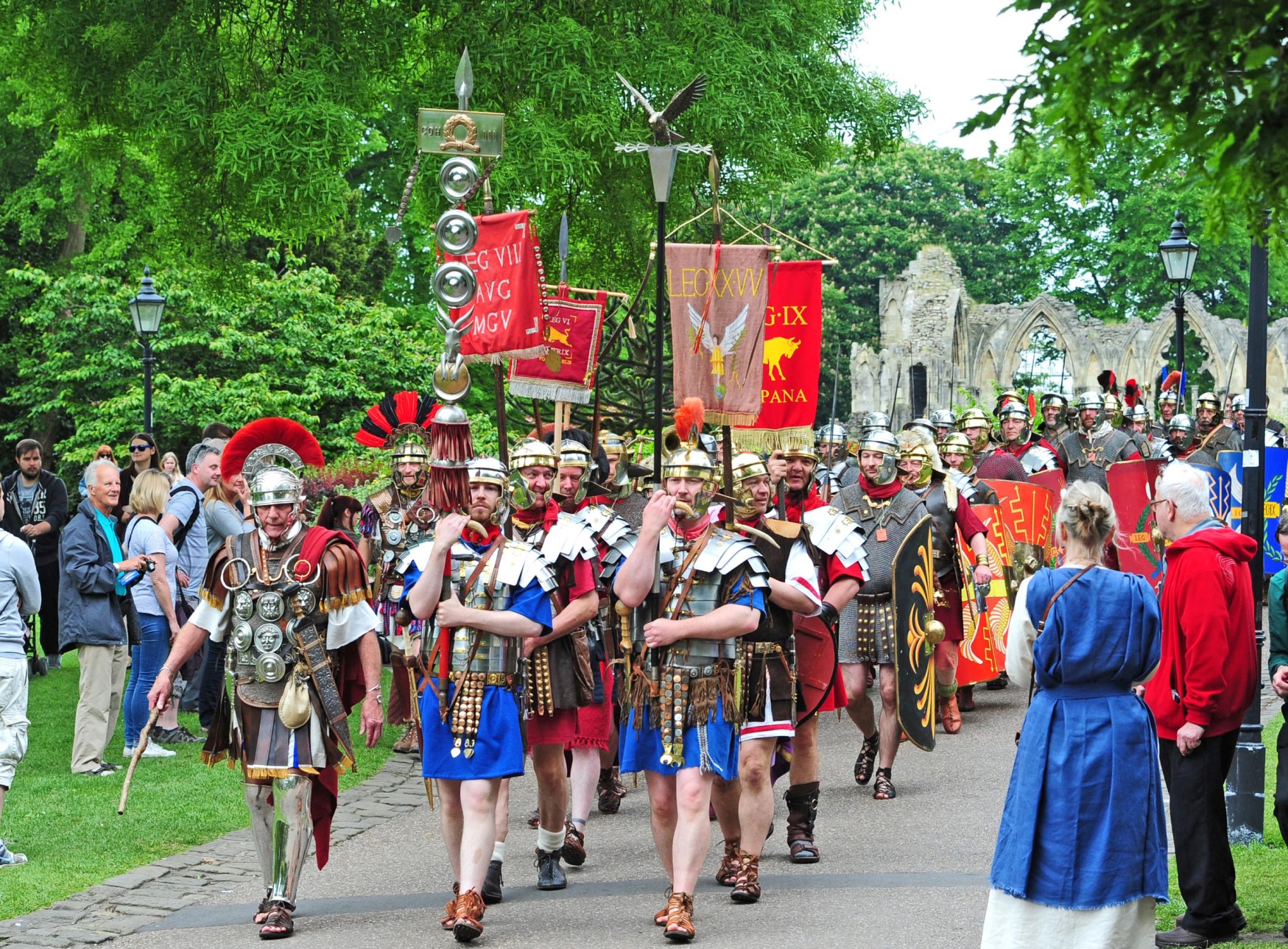The Romans founded York by the River Ouse in AD71, and of the three Roman Legions in Britain one was in York. Stretching for three miles, the town walls are one of the country’s most complete ancient city defences. The four medieval gateways – known as Bars – also remain in tact, and two of these now house small visitor attractions. Monk Bar retains its working medieval portcullis and contains the Richard III Museum. Micklegate Bar, once the entrance of kings, houses the Micklegate Bar Museum, dedicated to York’s gruesome history.
The Vikings in York
Visitors will no doubt want to see the JORVIK Viking Centre at Coppergate. Built on a Viking settlement excavated 30 years ago, its smells, houses and actors paint a picture of Viking York.
Norman York
One of the city’s greatest treasures, York Minster is famous for its medieval stained glass. Its Great East Window is the largest medieval stained-glass window in the country. Some call it the Sistine Chapel of stained glass.
From the Minster, it’s a short walk to The National Trust’s Treasurer’s House. Industrialist, Frank Green, restored its Great Hall in 1897, overlooking the walled garden, it is the best place to take in his antique collection. Further south by the River Foss stands the Merchant Adventurers Hall, a timber-framed building dating back to 1357. Here you can also see the Great Hall, where medieval merchants carried on their business and social activities. The Undercroft, used as an almshouse and hospital for the poor, and Chapel; offered patients spiritual care.
For unrivalled views of the city make for English Heritage’s Clifford’s Tower, a four-lobed stone keep atop a Norman mound. Then, the Debtors Prison (now Castle Museum), is where infamous Dick Turpin spent his last days. Step inside the cells to experience what it would have been like in an C18th and C19th gaol. Then meet some of the inmates who resided here.

Shopping in the medieval Shambles Betty’s © Jim Richardson/Visit York
Visitors will be wowed by the medieval street layout with so many ancient buildings intact. And, few visitors go home without lunch or tea in York’s famous Bettys’ tearooms.

Betty’s © Jim Richardson/Visit York
Bootham Bar
Although much of Bootham Bar dates from the C14th and C19th, it has some of the oldest surviving stonework, dating from the C11th. It stands almost on the site of porta principalis dextra, the north western gate of Eboracum.

© Make It York and the York BID
Monk Bar
This four-storey gatehouse is the tallest and most elaborate of the four. It dates from the early C14th. As a self-contained fort each floor has separate defences. Monk Bar houses a museum called the Richard III Experience and retains its portcullis in working order.
Micklegate Bar
The southern entrance to York, Micklegate Bar, is a four-storey-high gatehouse. Its name is from the Old Norse ‘mykla gata’ or ‘great street’, and leads onto Micklegate. ‘Gate’ is Norwegian for ‘street’ remaining from Viking influence. It is the traditional ceremonial gate for monarchs entering the city, who, in a tradition dating to Richard II in 1389, touch the state sword when entering the gate.
Walmgate Bar
Walmgate Bar dates from the C 14th, although the inner gateway dates from the C12th. Originally Walbegate, the word Walbe is possibly an Anglo-Scandinavian personal name. The Bar’s most notable feature is its barbican, which is the only one surviving on a town gate in England. It also retains its portcullis and C15th oak.
The Chocolate City
There’s no sweeter place to celebrate National Chocolate Week than York The Chocolate City. While other British cities were built on steel, coal or wool, York’s fame and fortune came from the sugary stuff. This year York celebrates 250 years of Terry’s, one of history’s most celebrated confectioners famed for the iconic Chocolate Orange. Terry’s sweet legacy continues in the city today, with chocolate remaining a vital part of York’s past, present and future.
Take a bite out of the town’s sweet past with the York Chocolate Trail. Pop in to the Visit York Information Centre to pick up a copy, or download and print your own map. Follow in the footsteps of the famous confectioners which made York the UK’s home of chocolate.
At York Castle Museum you can explore Kirkgate, the world-famous Victorian cobbled street. Here you can find a traditional sweet shop brimming with chocolates from days gone by. Discover worldwide household favourites created right here along with their original adverts, packaging and more.
Whether you lunch a restaurant, or picnic by the river, do remember to tell us about your trip to York.

